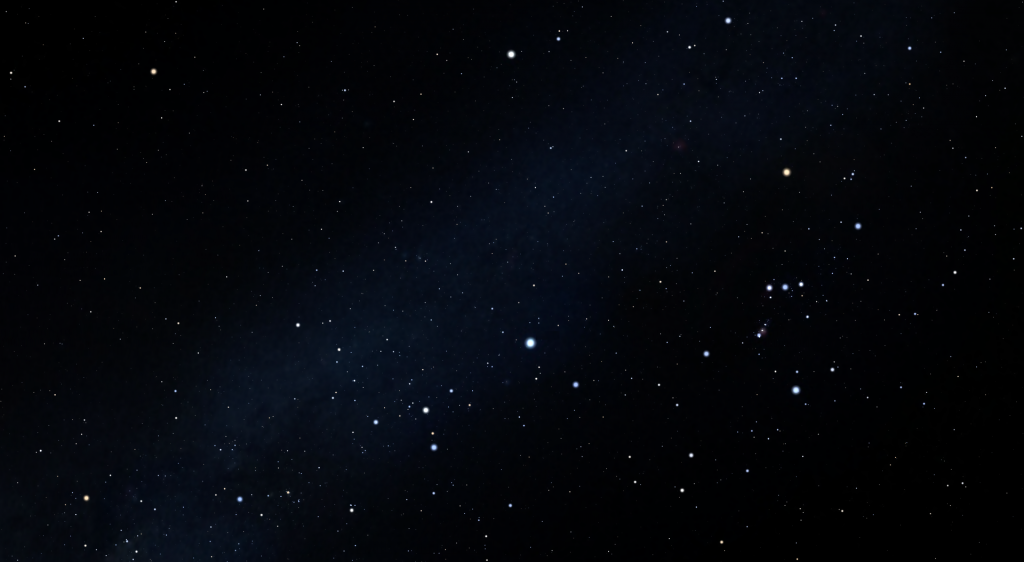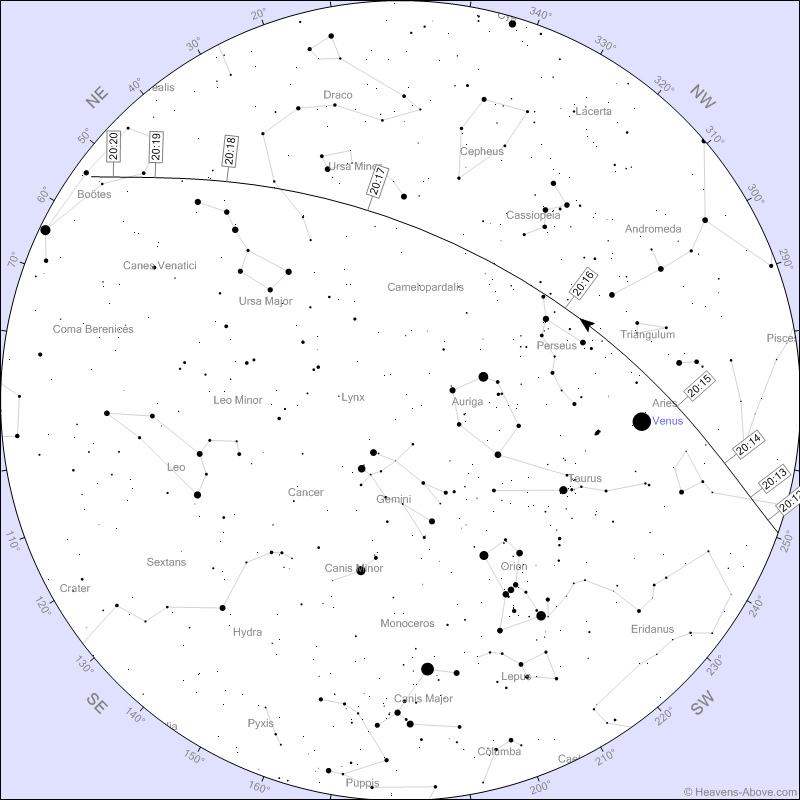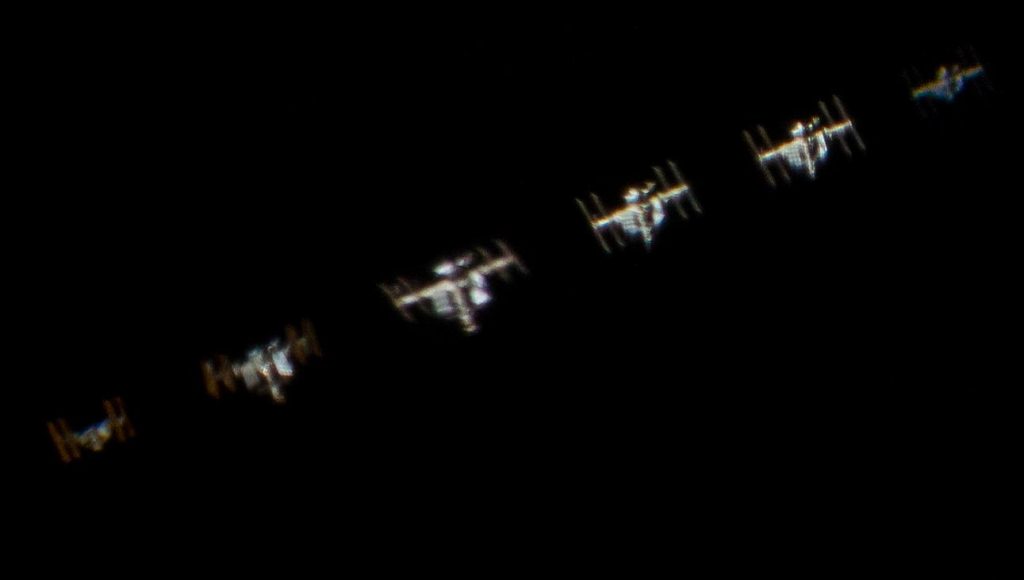Homebound Astronomy: Insider’s Guide to the Galaxy – Intro to Stellarium and MISSION ONE questions
Welcome, Stargazers and Space Enthusiasts! In partnership with the Royal Astronomical Society of Canada, AstroGeo is delivering hour-long live webcasts during the COVID-19 shelter-at-home period. Our intention is to provide family-friendly Astronomy and Space content on Tuesday and Thursday afternoons from 3:30 to 4:30 pm Eastern Daylight Time. Anyone can register for the Zoom stream…
Read more









